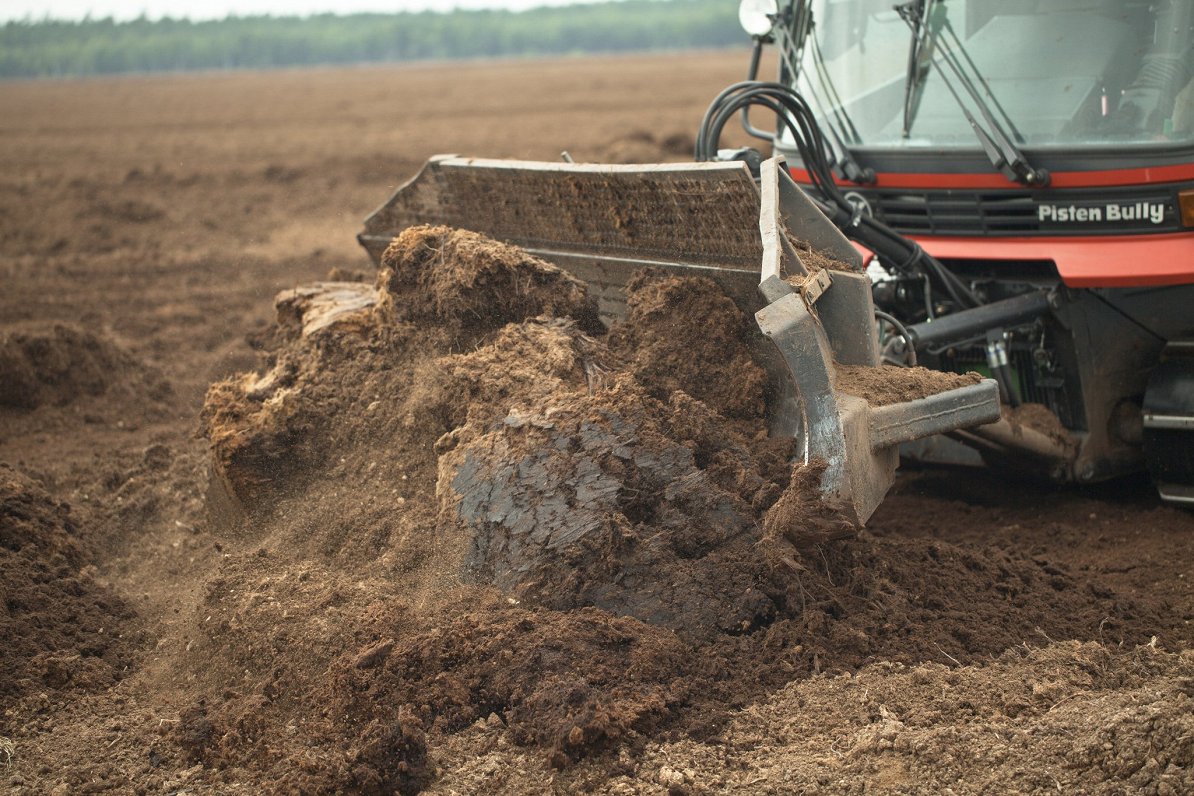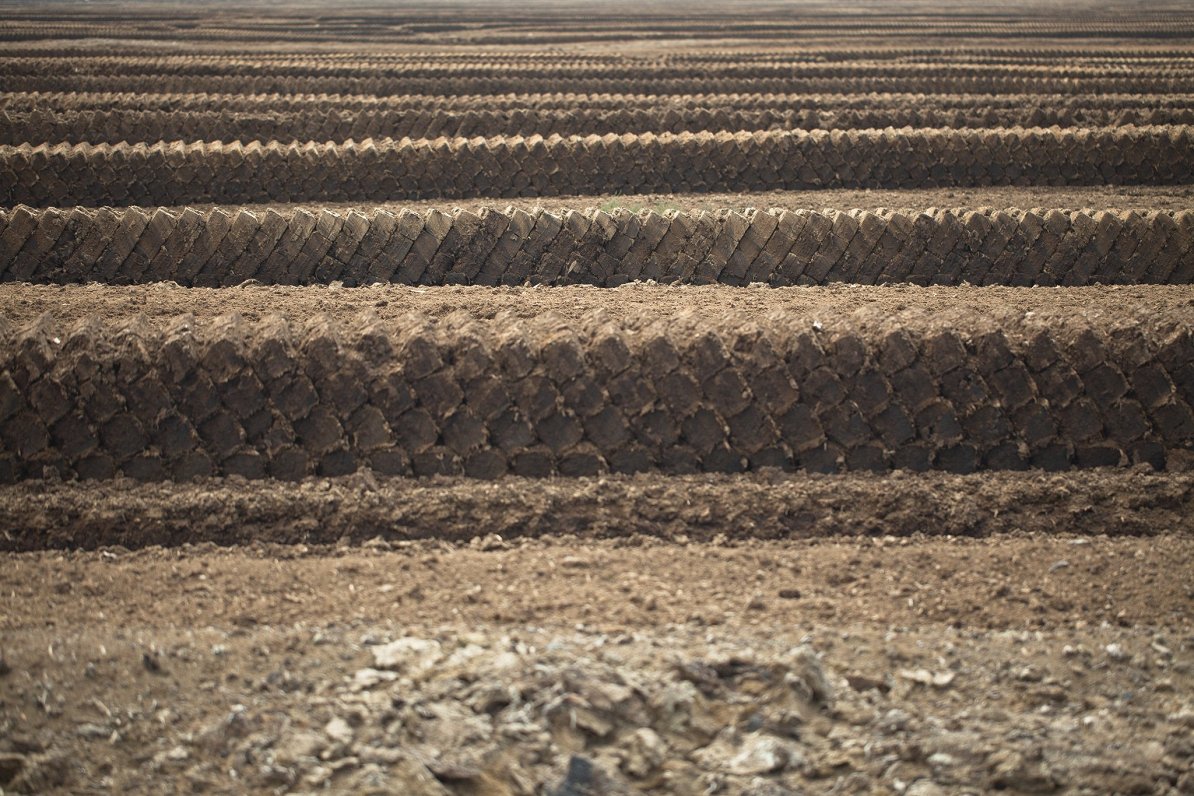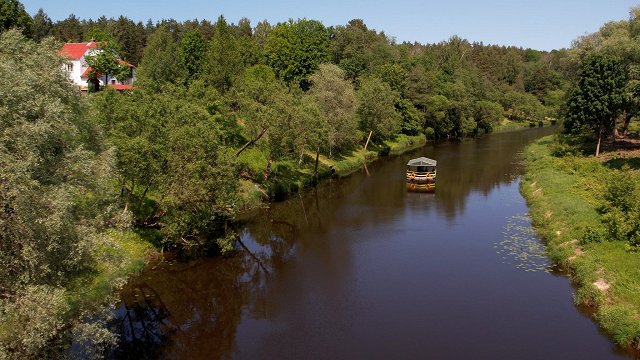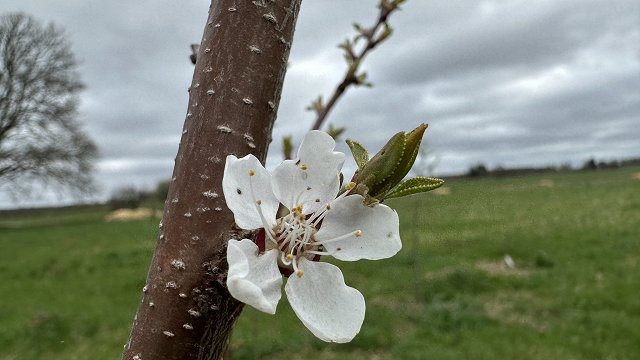The Latvian National Peat Association insists that peat energy is an essential and traditional local energy resource that can contribute to Latvia’s energy security and independence, as well as the phase-out of Russian natural gas. Furthermore, the extraction of combustible peat does not reduce the amount of peat used in agriculture and the production of substrates made from it.
Latvia is a major global peat player due to its favourable climate: peat regrows every year, meaning that it is not a fossil resource, but a renewable one. In Latvia, marshes occupy at least 645,100 ha (about 10% of the country). 70% of this area are natural marshes, and peat extraction takes place in only 4% of their total area. They contain a total of 1.5–1.7 billion tonnes of peat. Approximately 1.6 million t of peat accumulates every year in the natural marshes of Latvia (assuming that the average rate of accumulation is 2 mm per year).
Research conducted in recent years by scientists at the Faculty of Geography and Earth Sciences of the University of Latvia shows that the annual growth of the peat layer is greater, reaching 3–4 mm, with an average of 2 mm. The reserves of peat have not been precisely determined and they could be 11.3 billion m3, or 1.7 billion tonnes (according to the Latvian Environment, Geology, and Meteorology Centre data). The heyday of peat mining in Latvia was in the 1960s and 1970s, when, in accordance with the general Soviet policy, more than 7 million tonnes of peat were extracted every year. In recent years, 1 million tonnes of peat were extracted from Latvian bogs annually, which was used for the production of horticultural substrates, not for energy.
In the last five years, an average of 1088 thousand tonnes of peat was extracted, of which 29 thousand or 2.7% was peat for energy, therefore its production can be significantly increased. Meanwhile, in other European Union member states, the situation has been completely opposite so far, as peat is mainly used in energy, for example, by Finland.
Extracting peat as fuel
“As the prices of all kinds of energy resources are rising, and questions about the availability of natural gas and its price abound, burning peat is one of the alternatives, and Laflora and several other companies in the peat industry will extract peat as fuel in the 2022 season. The exact amount of it will depend on the weather,” Uldis Ameriks, vice-president of the Employers’ Confederation of Latvia, and board chairman of SIA Laflora, explained.
He pointed out that combustible peat is used in the biofuel mixture. “30% combustible peat and 70% combustible wood chips, exactly as it is used in Finland, Estonia, and historically also in Latvia,” said Ameriks, when asked about how peat is used in energy. He did not rule out the situation where there could be interest from abroad and real demand for the purchase of peat as fuel.

“This hasn’t happened, but it would be nonsensical if peat were extracted in Latvia, exported to, for example, Estonia, and then Latvia would import electricity from Estonia. Electricity that would be produced from that exported peat,” said Ameriks when asked about whether there was foreign interest in purchasing fuel peat.
He admitted that the return to fuel peat as a biofuel for heating supply businesses requires a political decision. “There will be parliamentary elections in the autumn, after this the situation on the energy resources market will become clearer,” he said. Changes are needed in the Energy Law and in the Natural Resources Tax Law in order for fuel peat to be used again in Latvia, thus preventing a situation where heating supply companies that will use fuel peat still have to buy CO2 emission quotas. Of course, not all central heating companies can use peat as a source of energy for purely technological reasons, and capital investments are needed to solve this problem.
Peat pellets
“Currently, the demand for peat pellets used to generate heat has increased, and it is significantly higher than in previous years, especially when there is a lot of interest in the woodchip pellet segment,” Pēteris Romanovskis, board chairman of SIA Līvānu kūdras fabrika, said.
He admitted though that the future of combustible peat pellets was not clear in the context of the decisions taken by the government. “We have been cautious, because we know where the European Green Deal is headed, so we have not been inclined to make fuel peat, including pellets. It’s more of an alternative for the locals to use the resources that we have right under our feet, and not to import these resources from Russia or Belarus”.
He emphasised that, although there is demand for peat pellets from abroad, local consumers are still the priority. “The peat pellets intended for heating aren’t always used for this purpose. They often end up as mulch, though today people are ready to buy everything because of the woodchip pellet type,” Romanovskis said. He admitted that it is possible to find very high-quality material in the bogs, which is then used as activated carbon.
Extracting more next year
“If potential buyers show interest in fuel peat, then next year, Laflora could allocate up to 70 ha of bogs in which peat extraction necessary for the production of agricultural substrate has already taken place and only the dark or fuel peat remains, for the extraction of this resource,” said Ameriks.
He revealed that it could make it possible to produce up to 40,000 MW of energy. “In order to implement this, we have to prepare not only these peat fields, but also the equipment,” Ameriks said.
He emphasised that the extraction of combustible peat would no way threaten the extraction of agricultural peat and the availability of substrates, because those were two different types of peat and not the same product. “CO2 emissions will also be reduced if, after the extraction of agricultural—brown—peat, we would extract deeper dark fuel peat, and then reclaim the peat extraction site, instead of simply flooding it.”
This feature is reproduced by kind permission of the German-Baltic Chamber of Commerce in Estonia, Latvia and Lithuania. You can see the official website and find out more about the Baltic Business Quarterly magazine here: https://www.ahk-balt.org/lv/publikacijas/zurnals.






























